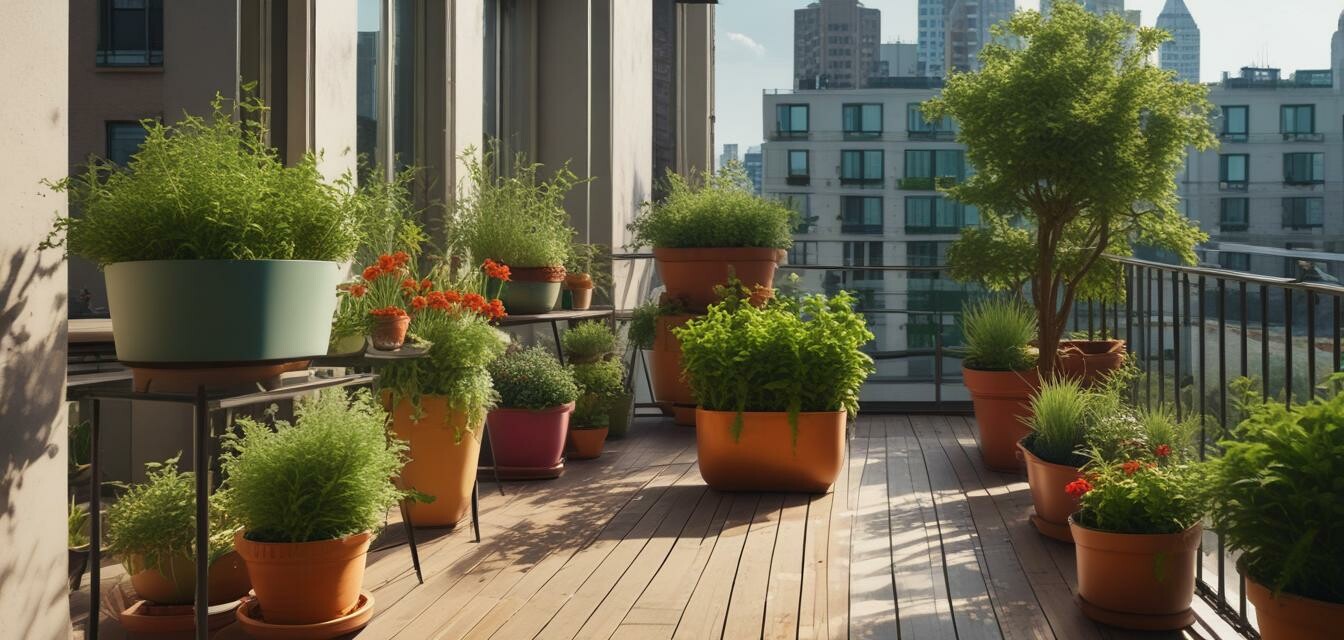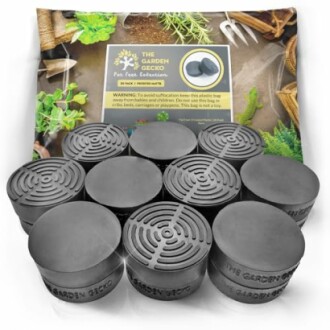
Eco-Friendly Container Gardening Solutions
Key Takeaways
- Opt for sustainable materials like recycled plastic, bamboo, and biodegradable options for your garden containers.
- Implement practices that promote plant health while minimizing environmental impact.
- Utilize local resources such as compost and rainwater to nourish your plants.
- Explore innovative design ideas to maximize your gardening space, even in urban settings.
Container gardening is an excellent way to embrace sustainable practices while enjoying the benefits of fresh plants on your urban balcony. By choosing eco-friendly containers and methods, you can nurture a garden that not only beautifies your space but also contributes to a healthier environment. Let’s dive into some of the best eco-friendly container gardening solutions for your urban oasis!
Why Choose Eco-Friendly Containers?
Traditional gardening practices often involve non-biodegradable materials that can contribute to waste. By making the switch to eco-friendly containers, you can:
- Reduce environmental impact
- Contribute to sustainable living practices
- Enhance plant growth with healthier materials
Types of Eco-Friendly Containers
There are many eco-friendly options available for container gardening. Below is a comparison of some popular types:
| Container Type | Material | Benefits |
|---|---|---|
| Recycled Plastic Pots | Recycled plastic | Durable, lightweight, and can be reused. |
| Bamboo Containers | Bamboo | Biodegradable, strong, and natural aesthetics. |
| Biodegradable Pots | Compostable materials | Break down naturally, enriching the soil. |
| Terracotta Pots | Clay | Great for air circulation and moisture retention. |
Best Practices for Eco-Friendly Container Gardening
To make the most of your eco-friendly container garden, consider the following practices:
- Use Sustainable Soil: Incorporate compost from kitchen scraps or purchase organic potting soil to enrich your plants.
- Implement Rainwater Harvesting: Capture rainwater in barrels to water your plants sustainably.
- Choose Native Plants: Opt for plants that are native to your region, as they require less maintenance and are more resilient.
- Avoid Chemical Pesticides: Use natural methods for pest control, such as neem oil or homemade remedies, to keep your garden healthy.
Highlighting Eco-Friendly Products
Here are some top products that can help you set up your eco-friendly container garden:
The Garden Gecko Invisible Pot Feet
These pot feet elevate your containers, promoting drainage and preventing water accumulation while blending seamlessly with your pots.
Learn MoreDooYard Solar Garden Lights
These innovative solar lights add charm to your balcony while reducing energy use, illuminating your night garden decor.
Learn MoreCreating a Thriving Eco-Friendly Container Garden
Building a successful eco-friendly container garden doesn’t happen overnight. Here are some tips to help you on your journey:
Tips for Beginners
- Start small with herbs or easy-to-grow plants.
- Monitor your plants regularly to prevent pest issues.
- Experiment with different container types to find what works best for your space and style.
Conclusion
Incorporating eco-friendly containers into your balcony garden enhances sustainability and directly benefit your plants and the environment. By selecting the right materials and implementing mindful gardening practices, you create a flourishing space that reflects your commitment to sustainability. Start exploring our variety of eco-friendly options today and transform your balcony into a green oasis!
Pros
- Environmentally friendly materials.
- Encourages biodiversity in urban areas.
- Minimal maintenance and low water usage.
Cons
- Non-durable materials may need replacement.
- Initial setting up may have costs involved.
- Space limitations can restrict plant choices.

